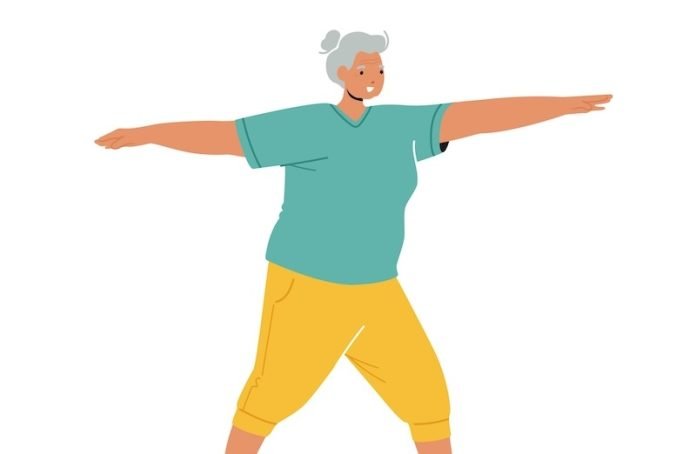
Parkinson’s disease is a progressive neurological disorder that primarily affects movement. It can cause tremors, stiffness, slowness of movement, and balance problems.
Although there is no cure for Parkinson’s, physical therapy (PT) exercises can play a crucial role in managing symptoms and improving quality of life.
This review explores how physical therapy helps Parkinson’s patients and highlights specific exercises beneficial for those living with the disease.
Why Physical Therapy Matters for Parkinson’s
Parkinson’s disease affects movement, muscle control, and balance. Physical therapy is tailored to help manage these symptoms by improving flexibility, strength, and motor coordination.
Regular PT sessions can help patients maintain independence longer and mitigate the risk of falls by enhancing their balance and walking abilities.
Evidence Supporting Physical Therapy for Parkinson’s
Research shows that physical therapy offers substantial benefits for Parkinson’s patients. A systematic review of studies found that targeted exercises could significantly improve gait (the way a person walks), balance, and quality of life.
There is also evidence suggesting that engaging in regular, tailored exercise regimens can slow the progression of physical symptoms.
Types of Physical Therapy Exercises
Flexibility and Stretching Exercises: These are essential to maintain joint range of motion and reduce stiffness. Stretching helps alleviate muscle tightness, a common symptom that worsens motor function in Parkinson’s patients.
Strengthening Exercises: Building muscle strength supports joint stability and can improve overall mobility. PT often involves using resistance bands, weights, or body-weight exercises tailored to the patient’s capability and progression of the disease.
Aerobic Activity: Cardiovascular exercise such as walking, cycling, or swimming is recommended to improve overall fitness and stamina. Aerobic activity has been shown to increase dopamine levels in the brain, potentially reducing Parkinson’s symptoms.
Balance Training: Balance exercises are crucial for Parkinson’s patients, who often experience difficulties that increase their risk of falling. Physical therapists might use techniques such as tandem walking (walking heel to toe), standing on one leg, or using balance boards.
Gait Training: Many Parkinson’s patients have a shuffling gait that makes walking difficult and increases fall risk. Physical therapists work on gait training to teach patients how to lift their feet properly when walking and to improve their speed and stride length.
Neuroplasticity Exercises: These exercises are designed to help the brain form new neural connections, potentially compensating for some of the damage caused by Parkinson’s.
They involve repetitive, task-specific movements that focus on skills such as transferring from sitting to standing, reaching and grabbing, or walking around obstacles.
Incorporating Technology
Recent advancements have introduced new ways to enhance PT for Parkinson’s patients:
Virtual Reality (VR): VR platforms can provide a safe environment for patients to engage in exercises that improve balance and avoid obstacles, making it an exciting tool for therapy.
Treadmill Training: This can help improve walking speed and stride length in a controlled environment. Some treadmills are equipped with harnesses to prevent falls during the session.
Starting Physical Therapy
For someone with Parkinson’s, starting physical therapy early in the disease process can lead to better outcomes.
It’s important to work with a physical therapist who specializes in neurological disorders to ensure the exercises are specifically tailored to the patient’s stage and symptoms of Parkinson’s.
Conclusion
Physical therapy is a powerful intervention for managing Parkinson’s disease. It provides strategies to cope with the physical challenges and helps maintain as much independence as possible.
With ongoing research and new technologies enhancing traditional exercises, PT remains a cornerstone in the treatment of Parkinson’s disease, significantly benefiting patients’ mobility, safety, and quality of life.
If you care about brain health, please read studies about MIND and Mediterranean diets could help delay Parkinson’s Disease and findings of Vitamin E may help prevent Parkinson’s disease.
For more information about brain health, please see recent studies that blueberry supplements may prevent cognitive decline, and results showing Plant-based diets could protect cognitive health from air pollution.
Copyright © 2024 Knowridge Science Report. All rights reserved.



